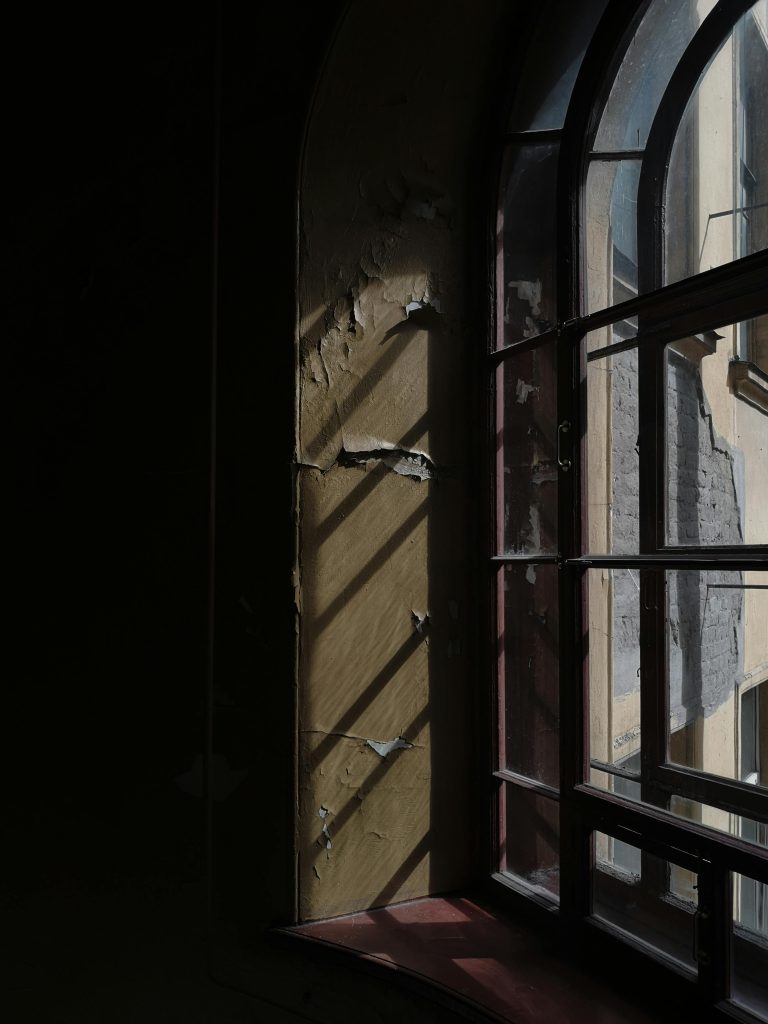

Paint peeling is a common problem affecting both interior and exterior surfaces, and it can significantly affect the aesthetics and value of your property. Whether it’s a small area or an extensive issue, understanding the causes and solutions can save you time and money. This comprehensive guide provides detailed explanations and solutions to help you resolve your peeling paint problem efficiently and effectively. We’ll explore the various causes, from improper preparation to environmental factors, and present both DIY and professional approaches. This article is structured to guide you through each stage of resolving paint peeling, from diagnosis to restoration, and concludes with a FAQ section for addressing your specific concerns. Finally, we’ll provide you with some recommendations for preventing future issues.
Understanding the Causes of Paint Peeling
Paint peeling can stem from a myriad of factors, ranging from simple mistakes in the preparation process to more complex issues like improper priming or environmental elements. Proper preparation is essential to achieve a long-lasting paint job. Improper surface preparation is a common cause of paint peeling, which can lead to premature failure of the paint. Insufficient surface cleaning, incorrect priming, and using incompatible paints can cause problems. The environmental conditions where the paint is applied can also play a significant role in the longevity of the paint. Extreme temperatures, humidity, and moisture exposure can lead to paint peeling. Understanding these causes can lead to more effective corrective action and prevent similar issues in the future. Analyzing the causes is paramount to finding the optimal solutions.
Diagnosing the Problem and Assessing the Damage
Before attempting any repair, a thorough inspection is crucial to identify the extent of the problem and the possible causes. Checking for cracks, blisters, or loose paint is important for diagnosis. Carefully inspecting the affected areas for signs of water damage, moisture penetration, or underlying issues such as structural problems or pest infestations, is important. This involves visually inspecting for issues such as cracks, blisters, flaking paint, and uneven textures. For more extensive damage, consulting a professional painting contractor is advisable. They can provide expert assessments and recommendations for effective solutions tailored to the specific problem.
DIY Solutions for Minor Paint Peeling
For minor paint peeling issues, simple DIY solutions can be effective and cost-efficient. Proper preparation is key to DIY success. This includes thoroughly cleaning the affected area and removing any loose paint using a scraper or a sanding tool. Applying a primer before repainting is essential to provide a smooth surface for paint adhesion. Carefully selecting paints that are suitable for the specific environment and proper application techniques are also vital for preventing future problems. Apply a fresh coat of paint using appropriate techniques. For example, use a brush for corners and detailed areas, and a roller for wider surfaces. Using high-quality paints with appropriate solvents and application methods is essential for optimal results. By following these steps, you can achieve satisfactory results in resolving minor paint peeling issues without needing professional intervention.
Professional Solutions for Extensive Paint Peeling
If the paint peeling is extensive, or if you’re unsure about the underlying causes, contacting a professional painting contractor is the recommended approach. Professional painters possess specialized knowledge and equipment for addressing various paint peeling issues. Hiring professionals is sometimes necessary to handle structural issues or other problems underlying the peeling. They can identify and address the root causes to prevent future problems. They also possess the necessary tools for more comprehensive repairs, such as removing damaged layers and applying appropriate primers. These professionals have the expertise and resources to handle complex cases involving moisture intrusion or structural defects, ensuring long-term effectiveness.
Preventing Future Paint Peeling
Preventing paint peeling involves proactive maintenance to safeguard your paint job’s longevity. Regular inspections and maintenance can prevent damage. Addressing moisture issues, such as leaks or dampness, is critical. Proper surface preparation and priming are paramount. Avoiding improper paint application and paint-quality issues through selecting the right paints for the environment and the application technique is crucial. This involves choosing paint suited to the specific environment and using proper application techniques. Follow the manufacturer’s guidelines carefully to avoid common mistakes. Taking these proactive steps can save you significant time, money, and frustration down the line.
Additional Tips for Paint Peeling
Frequently Asked Questions
What are the most common causes of paint peeling?
“The most common causes of paint peeling are poor surface preparation, inadequate priming, incompatible paint types, moisture issues, and environmental factors such as extreme temperatures and humidity. If you observe these problems, address them to avoid peeling. Correct surface preparation and proper selection of paints are essential for preventing issues, ensuring the paint adheres correctly and lasts longer. ”
How do I prepare the surface before repainting to prevent future paint peeling?
“Thorough surface preparation is crucial for preventing future paint peeling. This involves cleaning the surface to remove any dirt, dust, or loose paint, and filling in any cracks or holes. Using appropriate primers before applying paint is also important to create a smooth surface and improve adhesion. Professional preparation ensures the paint adheres correctly and is less likely to peel. Consult with a professional if you’re unsure about the appropriate steps. Careful preparation helps ensure that the new paint adheres properly and prevents further peeling problems.”
In conclusion, peeling paint is a common problem with several potential causes and solutions. Understanding the root cause and employing the right methods for removal and prevention can save you time, money, and frustration. If you’re still unsure or facing a particularly complex situation, don’t hesitate to contact a professional painting contractor. They possess the expertise and tools to handle even the most challenging paint peeling issues efficiently and effectively. To get a free quote for your paint peeling project, visit our website today! This comprehensive guide will equip you with the knowledge to tackle paint peeling confidently and effectively.